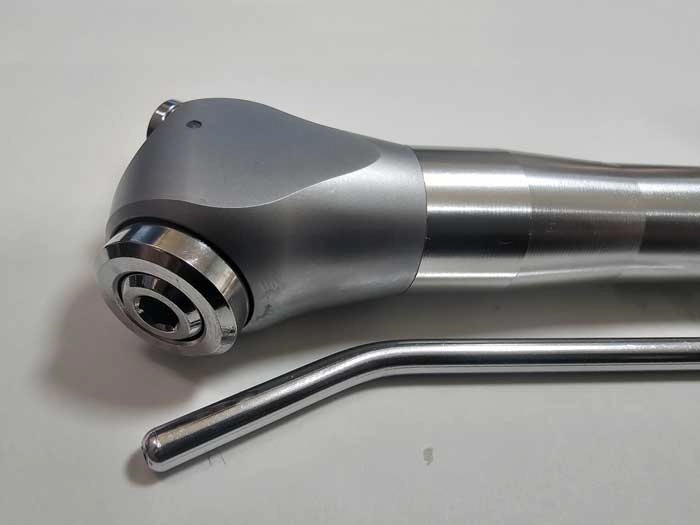There are two main types of oral evacuation systems that are commonly used in dentistry: saliva ejectors and high-volume evacuators.
Saliva Ejectors: These are small, flexible tubes with one-way valves that are placed in the patient's mouth. Saliva ejectors are designed to remove saliva and small amounts of fluids from the patient's oral cavity. They work quietly and comfortably for the patient and are typically used in most routine dental procedures.
High-Volume Evacuators: High-volume evacuators, on the other hand, are larger suction devices that have a more powerful suction capability. They are used to remove larger amounts of fluids and debris, making them ideal for procedures where significant water or other materials need to be evacuated quickly. These are especially useful for procedures that involve water spray, like cleaning, drilling, or rinsing.
In addition to these primary systems, there are various types of dental evacuator tips available. These tips come in different shapes and sizes to accommodate various clinical needs. They play a crucial role in controlling the direction and intensity of suction, ensuring that the dental professional can work effectively and comfortably while keeping the patient's oral environment clean and dry.
If you have any specific questions or need more information about oral evacuation systems or dental evacuator tips, please feel free to ask.
Saliva Ejectors: These are small, flexible tubes with one-way valves that are placed in the patient's mouth. Saliva ejectors are designed to remove saliva and small amounts of fluids from the patient's oral cavity. They work quietly and comfortably for the patient and are typically used in most routine dental procedures.
High-Volume Evacuators: High-volume evacuators, on the other hand, are larger suction devices that have a more powerful suction capability. They are used to remove larger amounts of fluids and debris, making them ideal for procedures where significant water or other materials need to be evacuated quickly. These are especially useful for procedures that involve water spray, like cleaning, drilling, or rinsing.
In addition to these primary systems, there are various types of dental evacuator tips available. These tips come in different shapes and sizes to accommodate various clinical needs. They play a crucial role in controlling the direction and intensity of suction, ensuring that the dental professional can work effectively and comfortably while keeping the patient's oral environment clean and dry.
If you have any specific questions or need more information about oral evacuation systems or dental evacuator tips, please feel free to ask.











